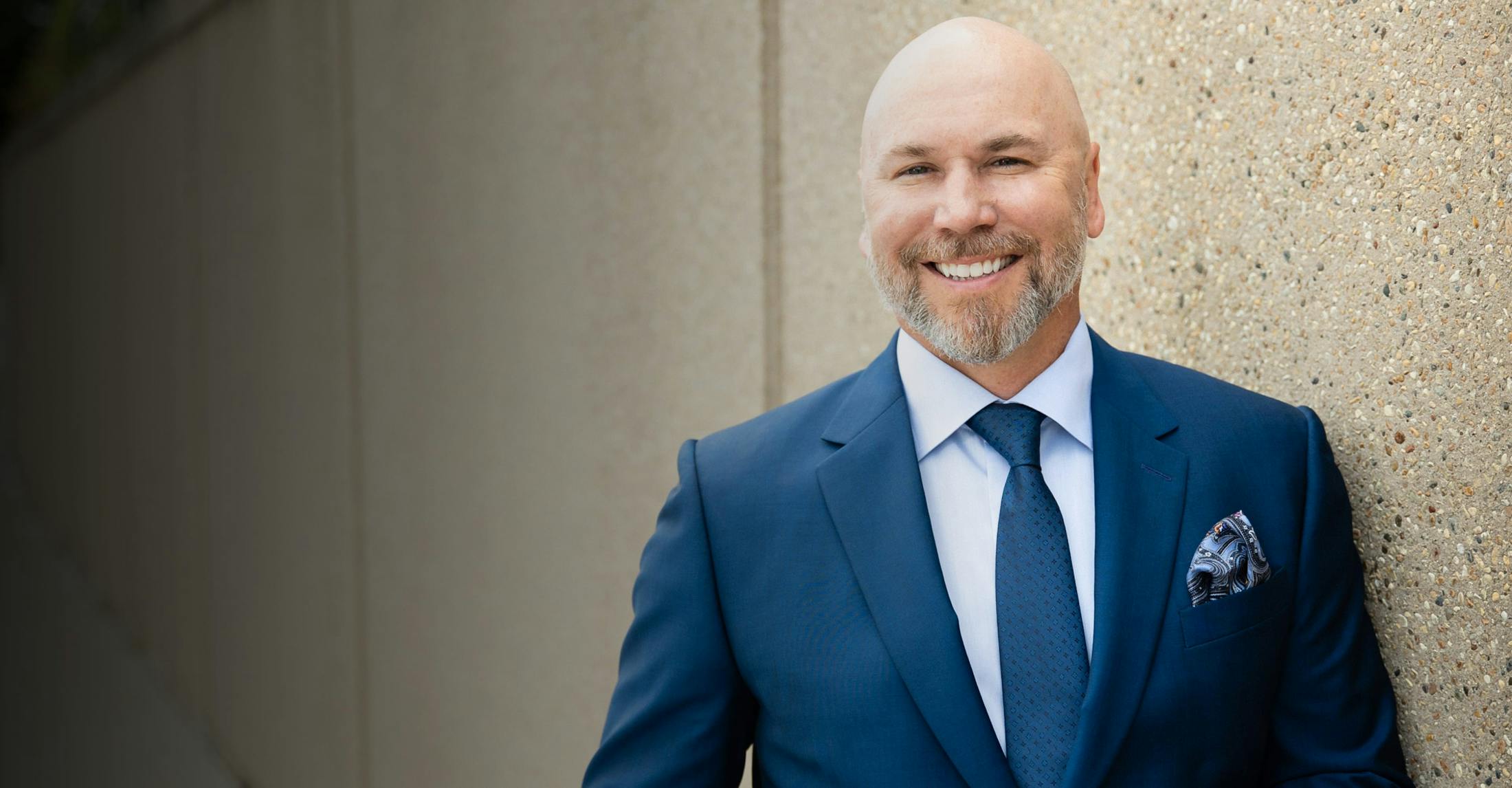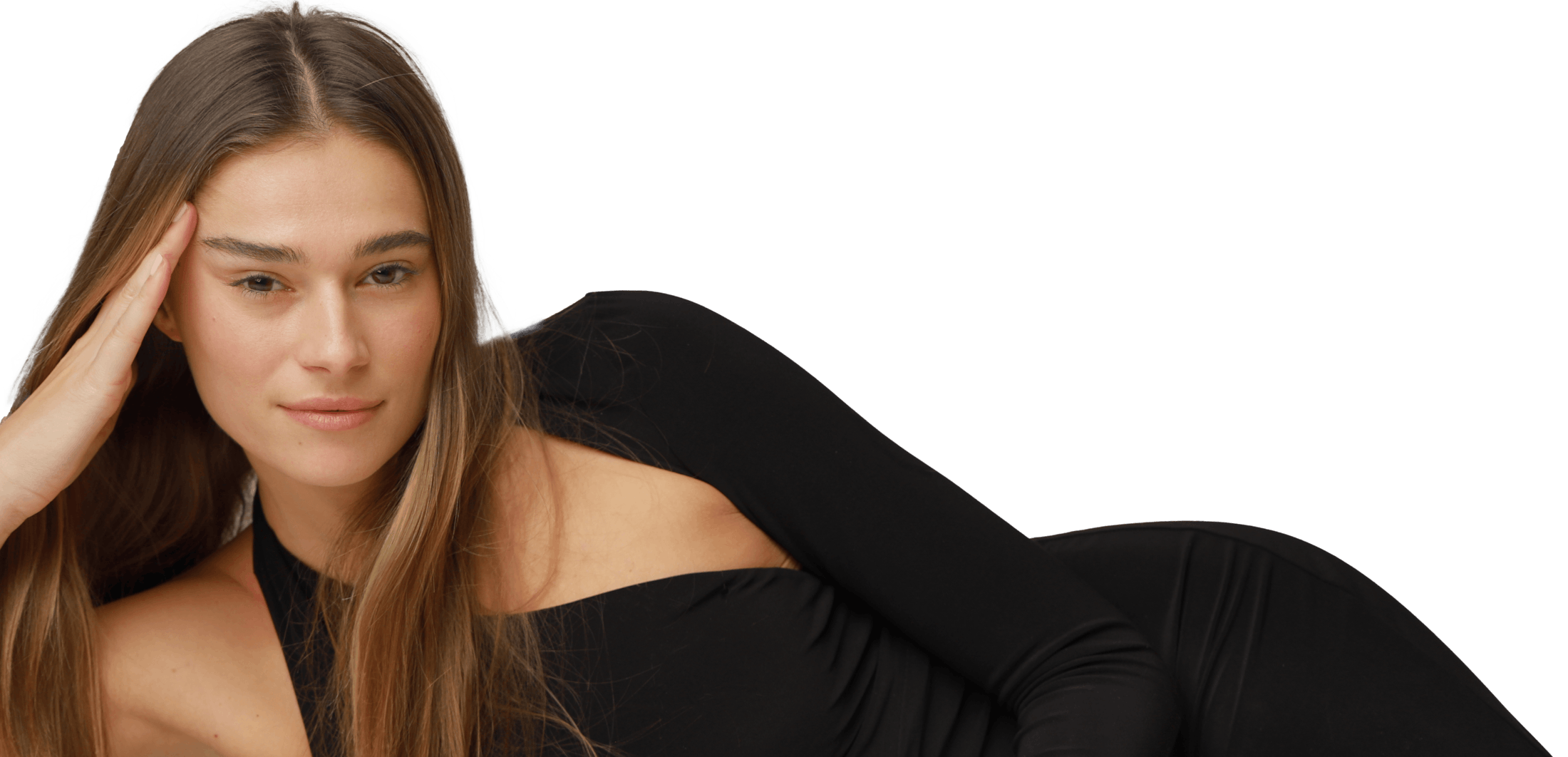Become a smoother, more youthful you with the most well-known injectable.
The BOTOX Procedure – What To Expect
You can anticipate a quick and virtually painless experience during your BOTOX treatment at The Warner Institute. Having carefully examined your facial muscles and determined the optimal injection sites, our aestheticians use a fine needle to inject precious amounts of BOTOX into the muscles responsible for wrinkles and lines on your face. The injections take only a few minutes, and patients often describe a brief, mild discomfort similar to a pinprick. BOTOX operates by temporarily blocking nerve signals to the treated muscles, preventing them from contracting and forming wrinkles. Our expertise ensures precise injections and a natural-looking result tailored to your facial anatomy.









